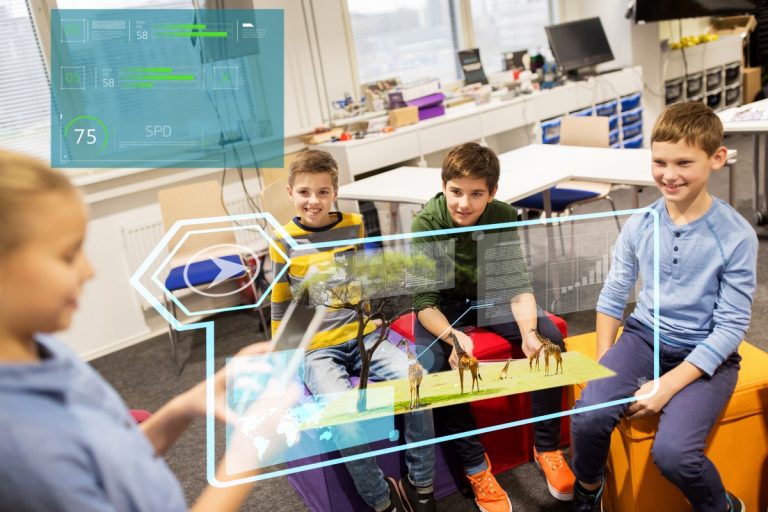
In central Mumbai, India’s largest city and financial centre, the daily grind is always the same: university-educated city slickers rush around office blocks purposefully, setting up for their next business meeting on WiFi-enabled smartphones, tablets or laptops.
And barely miles away, families in their thousands struggle to survive in one of the biggest slums in all of Asia, where even electricity and clean water is hard to come by.
This clear disparity between rich and poor, educated and uneducated, is a painful reminder of India’s Gini coefficient (measure of inequality), said to be at its highest today since 1922. And it’s an image so many of the country’s brightest minds are fighting to change, as they join the mad rush up the professional and social class ladder.
Thanks to the introduction of education technology (edtech), we may finally see an end to such disparity. This is the vision of Jay Terwilliger, professional educator and advocate for the use edtech in India.
Speaking to Study International, Terwilliger explained the impact edtech can have at eliminating disparities across India’s regions.
“[Edtech] is actually a great equaliser. If we talk about modern instructional technology, the single greatest resource is by far the Internet, and equal access to the same can actually be had very cheaply,” he said.
Whilst richer private schools in India have an advantage over poorer areas, Terwilliger recognises that the main disparities between schools are differences in class sizes and differences in ability to meet children’s nutritional needs.
And the government is working hard to overcome these inequalities.
“The digital gap is actually much more easily and cheaply dealt with than the other factors which contribute to those disadvantages: large class size, lack of access to formal schooling, poorly prepared teachers, poor nutrition and child labor are the bigger issues.”
“The digital divide is more of a digital fault line, and each new innovation opens chasms of opportunity between our most and least affluent students.” – @bjfr @mizuko https://t.co/5U08v57IFQ #edtech #EdEquity
— #ConnectedLearning (@TheCLAlliance) November 14, 2017
Niel Jarrett, a teacher at an international school in Shanghai and edtech blogger, explains:
“Technology gives a world of opportunities to people. It’s a great way to close the gap between the rich and the poor. There are a huge number of amazing stories, where a person with nothing has accessed a computer and created a successful online business.”
Not only does edtech allow for increased connectivity and technological know-how among students, it also allows teachers to implement a more dynamic teaching approach.
Through digital learning, students can have more autonomy over how they learn. Stephanee Stevens, director of the iTeach initiative, recognises the value of edtech as an opportunity to develop self-awareness and self-management skills; what she calls “personalised learning”.
Speaking about worldwide education trends, she said: “There is an emphasis on what will prepare students for life either post K-12 level or post primary and secondary school. Many countries including Singapore value personalised learning without calling it this.”
To watch a flower blossom is a beautiful thing. What you see below is their Personalized Learning Museum Walk. Each grade level presented either a tool or evidence of how they are implementing PL. @SeabornLeeES @ksuiteach #iteachcoaching #ksuitec pic.twitter.com/UJ0enKRngO
— N'jemele Bush, Ed.S. (@creativediva22) November 14, 2017
One of the most undervalued aspects of edtech is not the tech itself, but how it is used.
While wealthy private schools may be able to buy every student an iPad, “it depends what teachers do with these other than keep them as very expensive bookends,” Terwilliger pointed out.
This allows for better universal education provision, as it is less about the shiny new tech and more about innovative and inspiring teaching. A classroom that simply shares a single computer can actually be more effective than an entire classroom of students who each have their own smartphones, that is, if the teacher can use the tool effectively.
If teachers are correctly trained on how to integrate edtech into teaching, a basic digital classroom will see an effective removal of education discrepancies, as teaching talent can shine above lack of physical resources for once.







